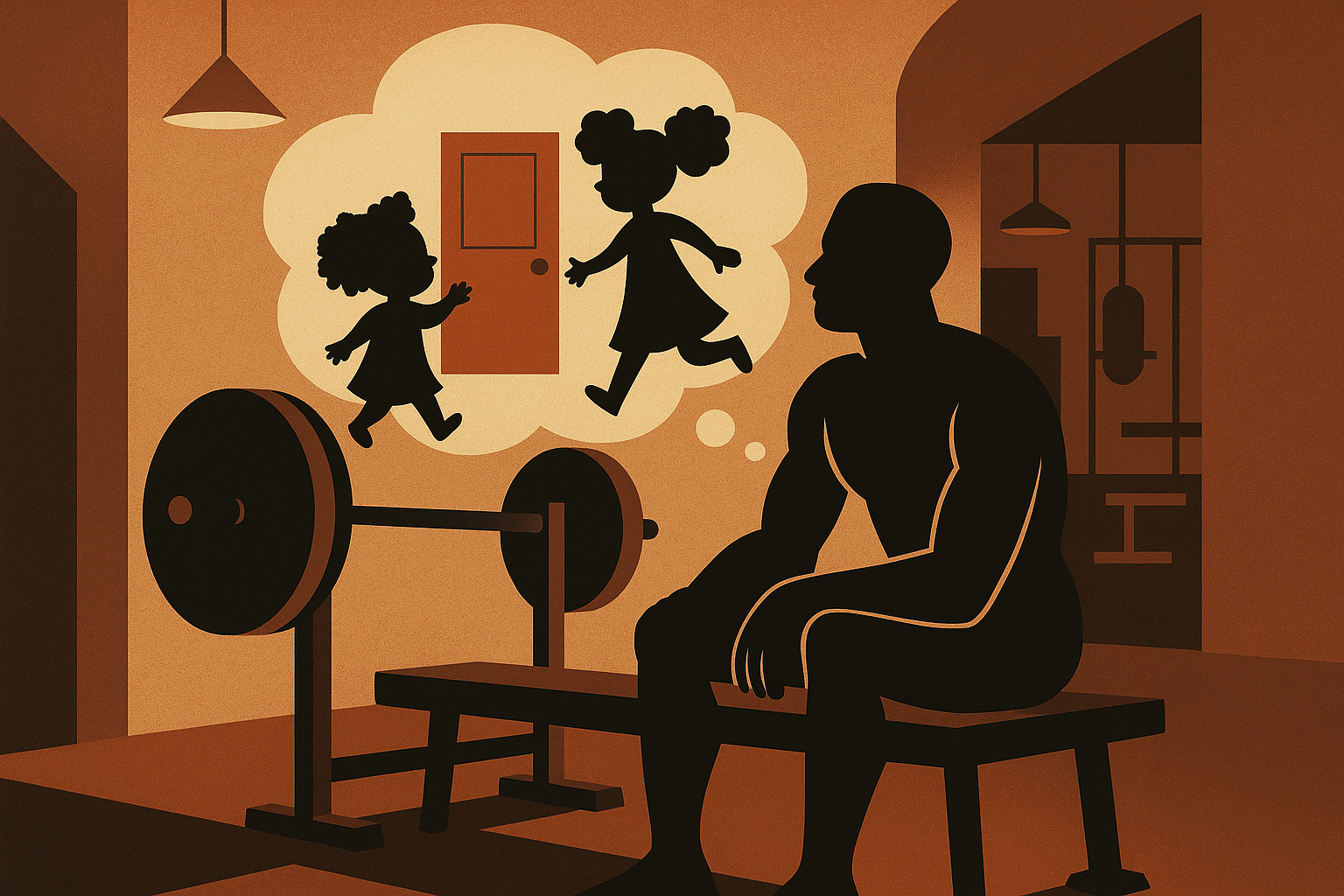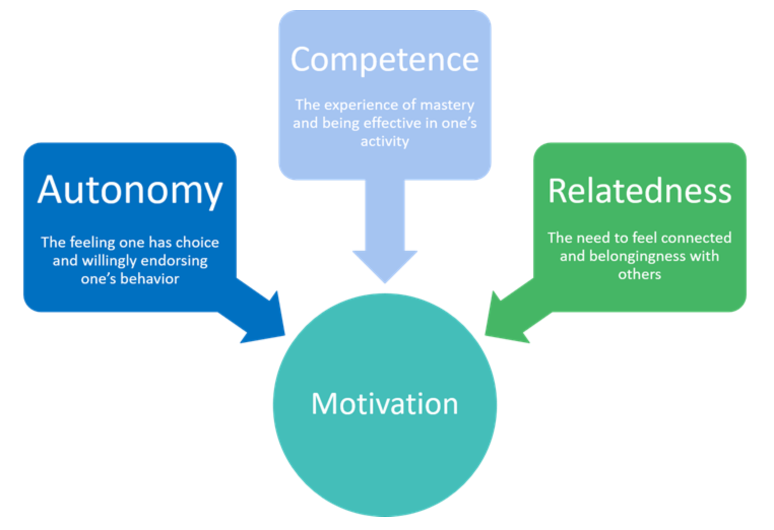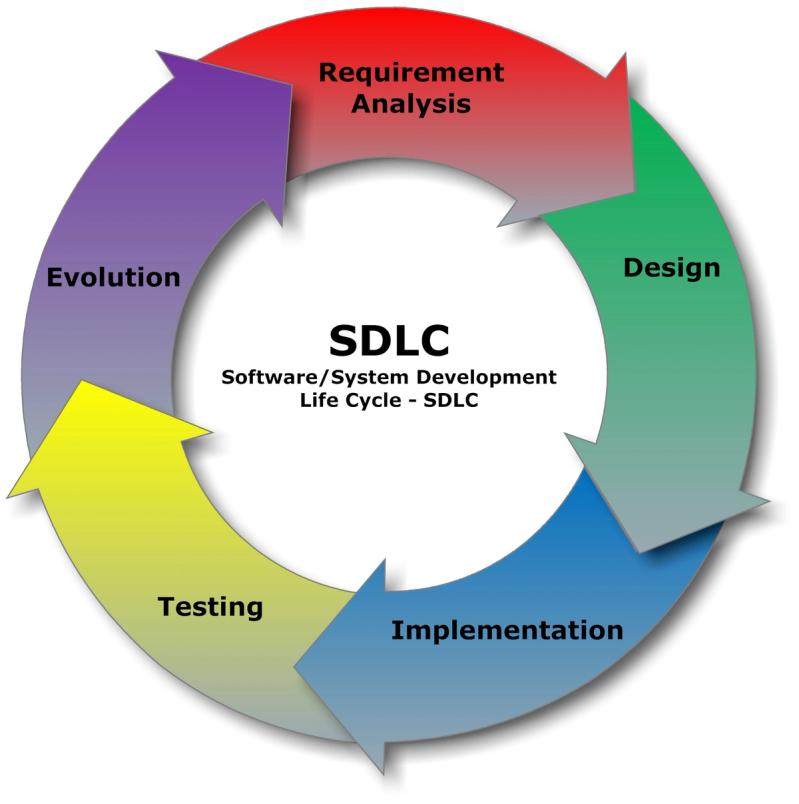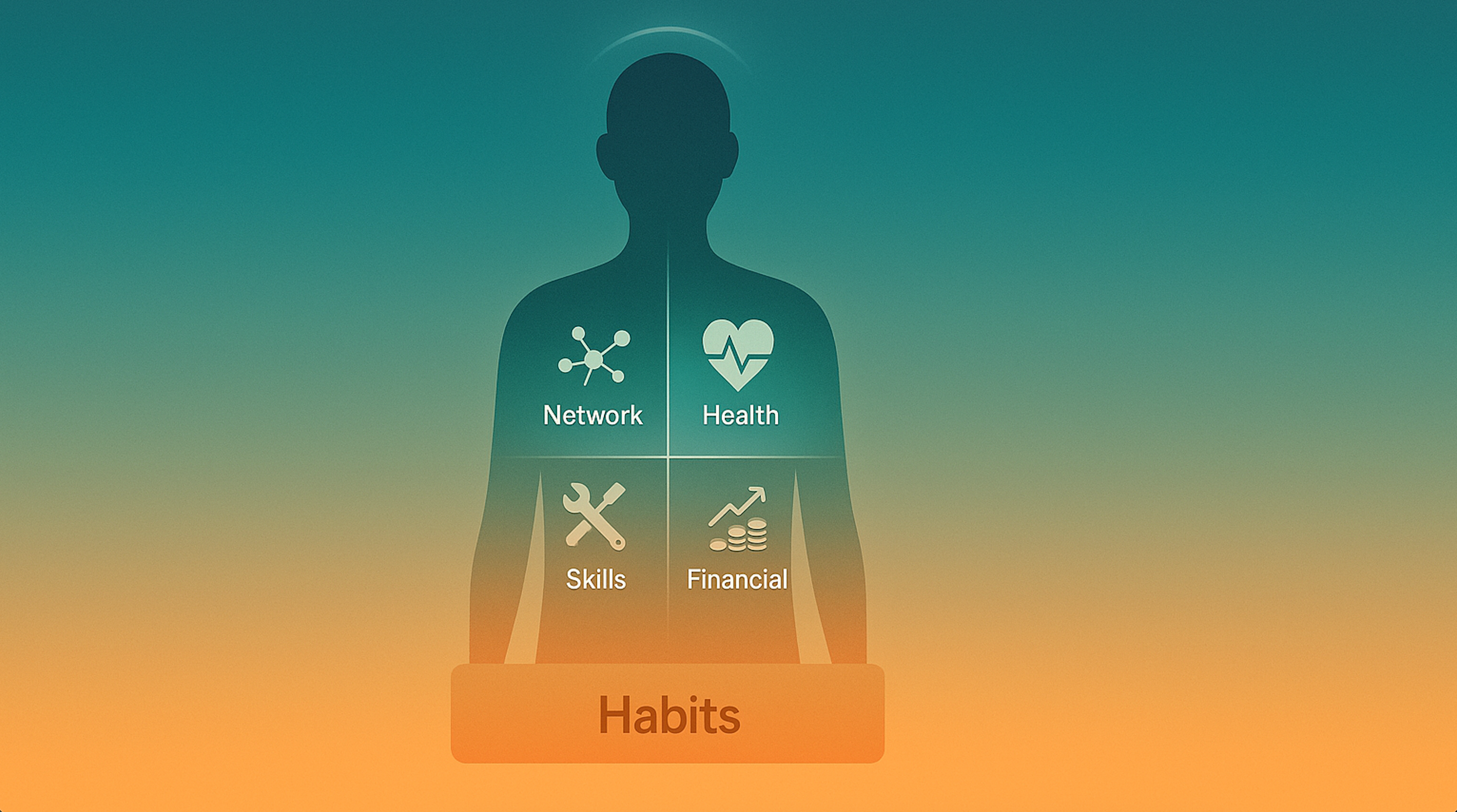Redefining ‘Living the Dream’: Process Over Prize

The gym is my sanctuary. It’s a place of focus, discipline, and process. A few days ago, between sets, a familiar face asked me the usual question, “How’s it going, Mike?”
I gave my standard reply, the one that’s become almost automatic: “Living the dream, man.”
But this time, the response was different. He paused, looked at me thoughtfully, and asked, “Have you figured out what that means?”
The question made me think. It deserved more than a casual nod. After a moment's pause, I replied, “I think so. It’s dynamic—it changes with the seasons.”
He nodded, and we went on with our workouts. But the question lingered. As I rested before my next set, I let the thought sink in. I reflected on how drastically my "dream" had shifted. A decade and a half ago, it might have been a Friday night with friends out somewhere or playing games. A great night, for sure. But today? Today, the dream is walking through my front door after work and hearing my two young daughters scream “Daddy!” as they race to give me a hug. That feeling is everything.
That single moment of reflection clarified something for me. The dream isn't a static destination—a finish line to be crossed. It’s the process itself. And understanding that process is the key to a truly well-lived life.
Redefining the Dream
That question sparked a deep inquiry. I realized that my definition of "the dream" has been in constant flux. The dream for 21-year-old me, fresh out of college and focused on building a career, looks vastly different from the dream I’m living now as a husband and a father to two incredible girls.
The common view of “living the dream” is often about arrival—a state of perpetual happiness and comfort. Psychologists call this a hedonic viewpoint, the pursuit of pleasure and the avoidance of pain. But a life chasing only pleasure seems hollow, almost like eating empty carbs without being fulfilled/nourished. It can shatter the moment adversity strikes.
There's a more resilient, more fulfilling alternative: Eudaimonia. For the works of Aristotle, it’s an ancient Greek concept that describes a life of meaning, virtue, and self-realization. It’s not just about feeling good, it’s about living well. It's the deep satisfaction that comes from striving, growing and maximizing your potential.
This is the heart of it. The dream isn't something you achieve and then maintain. It's something you live, day by day, choice by choice, in whatever season you find yourself. Living the dream is the process of building a meaningful life.
The Blueprint for a Well-Lived Life
So, what does that process look like? For me, it’s not an abstract idea; it's the framework in which I make short- and long-term decisions, built on a foundation of Habits and four interdependent pillars: Health, Skills, Network and Finances.
This framework aligns perfectly with decades of psychological research. Self-Determination Theory postulates that all humans have three basic psychological needs for true well-being: Autonomy, Competence, and Relatedness.

My pillars are my way of intentionally meeting these needs:
- Health & Skills (Building Competence & Autonomy): My commitment to the gym or the hours I spend learning a new programming language aren’t just chores. They are acts of autonomy—I am choosing to build myself. The result is competence—the deep, quiet confidence that I can handle what comes my way. This is the foundation. As I always say, the best wealth is good health.
- Network (Building Relatedness): The dream isn’t a solo mission. It’s found in the process of fostering genuine human connection—mentoring a colleague, being truly present for the wife and kids and cultivating friendships. This is how we satisfy our fundamental need for relatedness.
- Habits: This is the engine. Our habits are what translate our intentions into reality. The entire process of building a eudaimonic life is powered by the small, consistent actions we take every single day.
Notice that finances are the result, not the goal. By focusing on these intrinsic goals—things that are inherently satisfying—the financial stability and success (the extrinsic rewards) tend to follow.
Life is Iterative
In my experience, you never deploy a complex system in its final form on day one. You go through various phases in the development cycle. You define requirements, you design, you implement, you test, and you iterate. You refine.

Life is the ultimate complex system. And the "requirements" are constantly changing.
The Mike of 15 years ago was laser focused on career milestones, individual achievement and gaining fulfilling experiences. Today, the system requirements have expanded. The primary stakeholders are my kids. Success is measured in bedtime stories and playing hide and seek, not just project deadlines being met.
"Living the dream" means embracing this iterative process. It means having the wisdom to know when the criteria has changed and the courage to update the design of your life accordingly.
Finding the Dream in the Struggle
Of course, "enjoying the process" sounds great when things are going well. But what about when they aren't? What about the extremely challenging moments—the periods of struggle, doubt, and darkness that are an inevitable part of life?
This is where the definition matters most. A dream based on pleasure shatters here. But a dream based on meaning gets stronger.
The gym taught me this. Muscle growth doesn't happen when the weight is light; it happens on the last few, difficult reps—the one that requires every ounce of your focus and strength. The struggle is precisely where the growth occurs.
“I don't count my sit-ups; I only start counting when it starts hurting because they’re the only ones that count.” ― Muhammad Ali
Living a eudaimonic life means understanding that facing challenges is part of the process. The dream isn't the absence of difficulty; it's the strength, wisdom, and resilience you build by moving through it.
The Answer
So, what does it mean to be “living the dream?”
It’s the quiet satisfaction knowing you gave it your all after a challenging workout. It's the focused flow state while solving a complex problem. It’s the belly laugh when my daughter tells a funny joke (she got jokes!). It’s the feeling of being a little more capable, a little more connected, and a little wiser than I was yesterday.
It’s not a static picture of perfection. It’s the dynamic, challenging, and deeply meaningful process of building a life of purpose, one day at a time. It’s being the lead engineer of your own life and loving the work.

What does "living the dream" mean to you? And perhaps more importantly—when did you last take time to honestly examine whether your automatic responses match your actual values?



